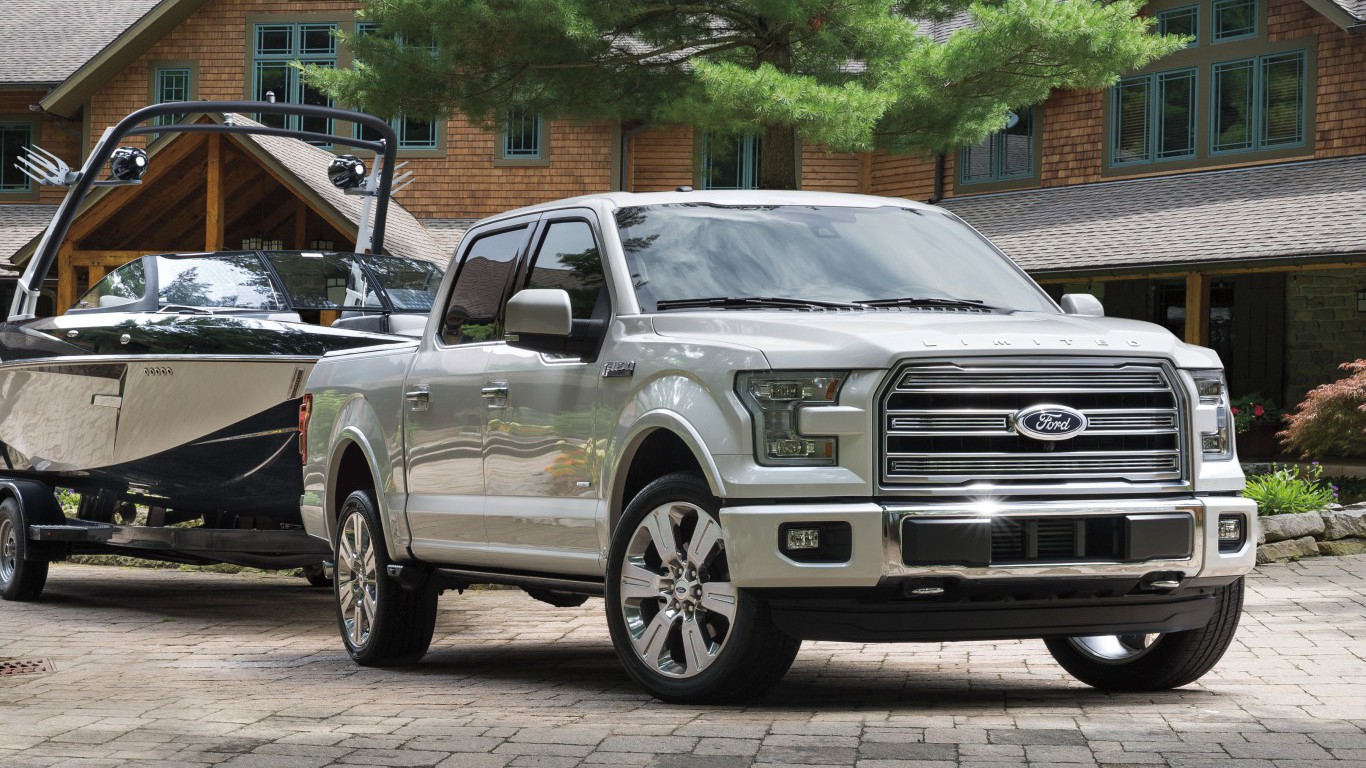Cars and Drivers
Fuel Economy Rating on New Cars Sold Ticks Down in October

Published:
Last Updated:

New vehicles sold in the month of October averaged 25 miles per gallon, down 0.2 mpg compared with the September rating. Compared with October 2007, fuel economy ratings on new cars sold has improved by 4.9 miles per gallon, or more than 24%.
The data are based on the average sales-weighted fuel-economy rating printed on a new car’s window sticker and are compiled by Michael Sivak and Brandon Schoettle of the University of Michigan’s Transportation Research Institute.
The sales-weighted unadjusted Corporate Average Fuel Economy (CAFE) performance rating averaged 31.1 miles per gallon in October, up 6.4 mpg since October 2007. These values are not directly comparable to the window-sticker ratings because these are adjusted by the EPA and used to derive the window-sticker ratings.
While the window sticker average is 5.2 mpg higher than when the data were first collected, the average is still 0.5 mpg below its all-time high set of 25.8 mpg set in August 2014. When gasoline prices started dropping in the United States, consumers purchased more light trucks and SUVs, which get lower mpg ratings and drive down the average.
Manufacturers’ improvements in fuel economy ratings (driven by government policy in most cases) is a fundamental and permanent change in America, similar to changes in the use of public transportation, increases in telecommuting, and changes in the age composition of drivers. U.S. demand for gasoline is expected to continue to decline as automakers work toward the fleet mileage mandated average of 54.5 miles per gallon by 2025.
According to Kelley Blue Book, sales of full-size SUVs and crossovers rose 14.2% through September of this year (October data is not yet available) and full-size pickup sales have risen 9.1%. Luxury SUV and crossover sales rose fastest of all SUVs and light trucks: up 46% for compact vehicles in the first half of 2015, up 7.8% for full-size vehicles and up 27% for mid-size luxury SUVs and crossovers.
ALSO READ: America’s Most (and Least) Expensive Cars
The average American spends $17,274 on debit cards a year, and it’s a HUGE mistake. First, debit cards don’t have the same fraud protections as credit cards. Once your money is gone, it’s gone. But more importantly you can actually get something back from this spending every time you swipe.
Issuers are handing out wild bonuses right now. With some you can earn up to 5% back on every purchase. That’s like getting a 5% discount on everything you buy!
Our top pick is kind of hard to imagine. Not only does it pay up to 5% back, it also includes a $200 cash back reward in the first six months, a 0% intro APR, and…. $0 annual fee. It’s quite literally free money for any one that uses a card regularly. Click here to learn more!
Flywheel Publishing has partnered with CardRatings to provide coverage of credit card products. Flywheel Publishing and CardRatings may receive a commission from card issuers.
Thank you for reading! Have some feedback for us?
Contact the 24/7 Wall St. editorial team.